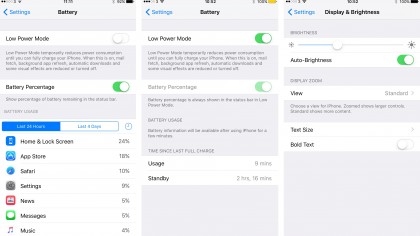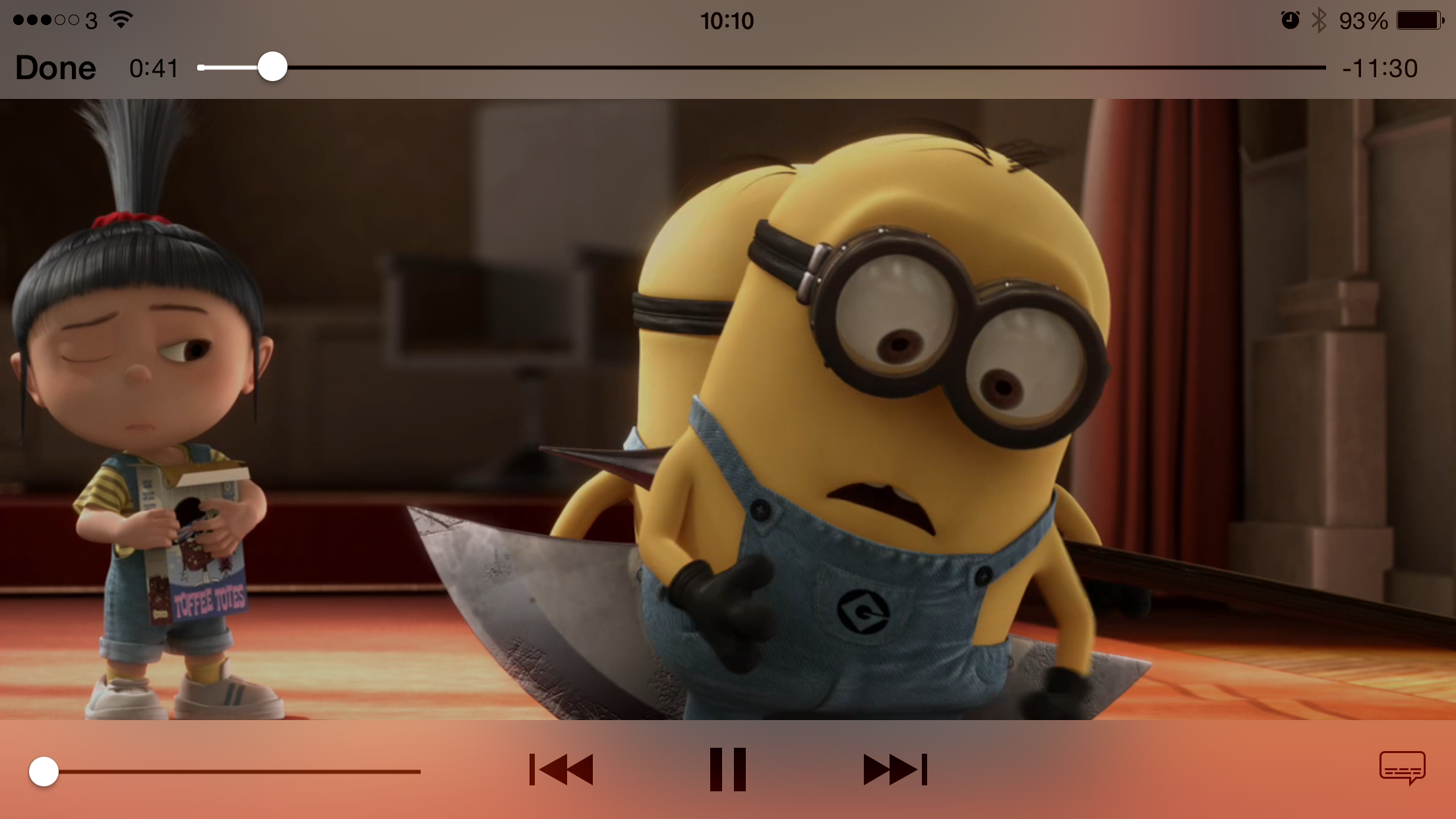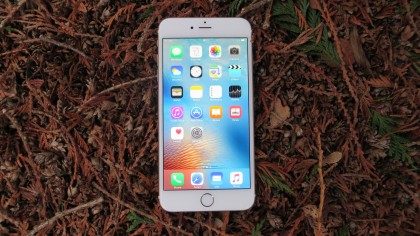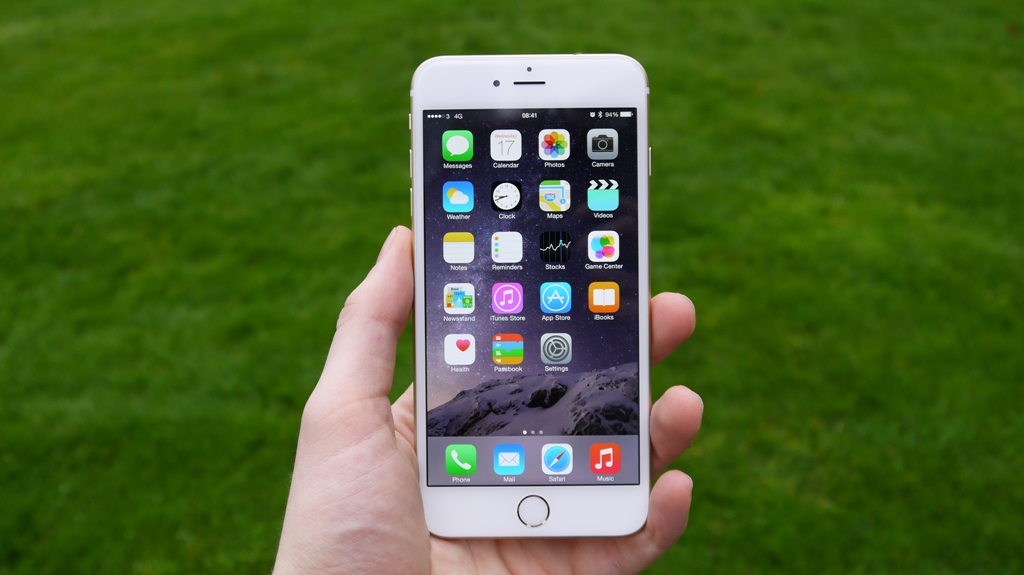Why you can trust TechRadar
Battery life has been a bit of a sticking point for previous iterations of the iPhone, but there's good news with the iPhone 6 Plus.
Apple hasn't revealed the exact size of the battery inside the 6 Plus (although we've now found out it's 2915mAh, which is massive for Apple).
The quoted web browsing time over 4G or Wi-Fi is pegged at 12 hours, while Apple reckons you can get up to 14 hours of life from a single charge during video playback, or up to 80 hours from pure music playback.
These figures are always on the generous side of things, but I have to say I was impressed with the battery performance of the iPhone 6 Plus.

In standard usage I was easily able to get a full day from the 6 Plus (from 7am to around midnight), with some juice still left in the tank when it came to plugging it back in at night.
That included continuous background syncing of several email accounts throughout the day, around two hours of music playback, a couple of hours of gaming and various calls, messages and social media activity.
It's not quite at the same level as the Samsung Galaxy S5 or HTC One M8, but Apple has closed the gap considerably between it and its Android rivals – especially given that the newer Samsung Galaxy S6 is a step down from the S5's battery life.
The battery in the iPhone 6 Plus still suffers if you push it really hard though. I ran the techradar 90-minute video test, which sees a HD movie played at full brightness, with various accounts syncing over Wi-Fi in the background.
After the 90 minutes were up the battery level on the 6 Plus had dropped to 77% – a loss of 23%, which isn't a particularly stellar performance. However, that's on iOS 9, and it is an improvement on when the phone was running iOS 8; back then the same test cut the battery down to 73%.

In fact, while still not stellar, the update to iOS 9 has made the life of the iPhone 6 Plus easily comparable with other recent Apple handsets. Its results are almost a match for the newer iPhone 6S Plus, which dropped to 78%, and slightly better than both the iPhone 6 (74%) and the iPhone 6S (70%).
That's all at full brightness, and of course turning the screen brightness down will help preserve battery life a little, but along with high-intensity gaming, watching movies can drain the 6 Plus pretty quickly.
If your battery does creep into the red then a quick trip to the easy access Control Centre lets you reduce screen brightness to its lowest level, enabling you to conserve some extra juice.
The move to iOS 9 has also added a Low Power Mode to the mix, which reduces power consumption and minimises or disables automatic downloads, background app refreshes, visual effects and mail fetching.
I've never loved battery-saving modes, since they tend to take many of the 'smart' features away from your smartphone, but it's handy to have in an emergency, and the iPhone implementation isn't as restrictive as similar modes on some other phones.

As with any iPhone the battery is firmly sealed inside the metal chassis of the 6 Plus, meaning there's no option to swap out a flat battery for a fully charged one. This is less of an issue on the iPhone 6 Plus though, as its battery performance is considerably improved.
With the iPhone 6 Plus you can go out for a full day and not have to worry about being away from a plug, and that simple pleasure will be a huge plus for many iPhone fans.

TechRadar's former Global Managing Editor, John has been a technology journalist for more than a decade, and over the years has built up a vast knowledge of the tech industry. He’s interviewed CEOs from some of the world’s biggest tech firms, visited their HQs, and appeared on live TV and radio, including Sky News, BBC News, BBC World News, Al Jazeera, LBC, and BBC Radio 4.
